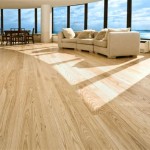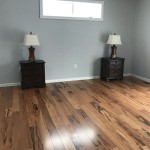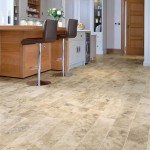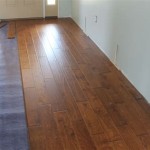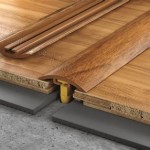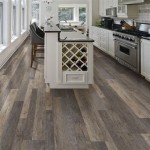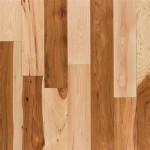When it comes to a flooring solution for your home, nothing beats engineered hardwood floors. These floors are a great choice for any homeowner who is looking for a durable, long-lasting floor that is also aesthetically pleasing. From installation to maintenance, there are a few things that you should know about engineered hardwood floors before making your decision.
What are Engineered Hardwood Floors?
Engineered hardwood floors are made from a combination of hardwood and plywood. The top layer is made of a solid hardwood, while the bottom layers are made of plywood. This construction makes them more durable and less prone to warping than traditional hardwood floors. The layers are bonded together with a strong adhesive and then finished with a protective coating. This makes them an ideal choice for any home where moisture is a concern.
Benefits of Engineered Hardwood Floors
Engineered hardwood floors have many benefits that make them a great choice for any home. They are easy to install and maintain, and they are also much more resistant to moisture than traditional hardwood floors. They are also more affordable than solid hardwood floors, making them an attractive option for many homeowners.
Installation of Engineered Hardwood Floors
There are two different methods for installing engineered hardwood floors: floating and glue-down. With the floating method, the planks are connected together and then floated over a foam underlayment. This method is the quickest and easiest for DIYers, but it does require more maintenance and is not recommended for homes with high moisture levels. The glue-down method requires spreading a thin layer of adhesive over the subfloor before the planks are secured. This method is more secure and is recommended for homes with higher moisture levels.
Maintenance of Engineered Hardwood Floors
Engineered hardwood floors are very easy to maintain and keep looking good. Regular sweeping and vacuuming is recommended to keep dirt and debris from building up. For deeper cleaning, a damp mop should be used and allowed to dry completely before walking on it. Waxing or polishing is not necessary, but if desired, a wax-based cleaner can be used to help protect the floor from scratches.
Types of Engineered Hardwood Floors
Engineered hardwood floors come in a variety of colors and styles. They can be purchased in either solid colors or with patterns and textures. Some of the most popular styles include hand-scraped, distressed, and exotic wood looks. There are also a variety of finishes available, including oil-based, polyurethane, and wax-based finishes.
Cost of Engineered Hardwood Floors
Engineered hardwood floors are typically more affordable than solid hardwood floors. The exact cost will depend on the type of wood, the size of the planks, and the finish. On average, you can expect to pay between $3 and $15 per square foot, depending on the quality of the product. The cost of installation will depend on the type of installation method used. Generally, the floating method is the least expensive, while the glue-down method is more expensive.
Conclusion
Engineered hardwood floors are a great choice for any homeowner looking for a durable, long-lasting flooring solution that is also aesthetically pleasing. They are easy to install and maintain, and they are also more affordable than solid hardwood floors. With a variety of colors, styles, and finishes available, there is sure to be an engineered hardwood floor that is perfect for your home.

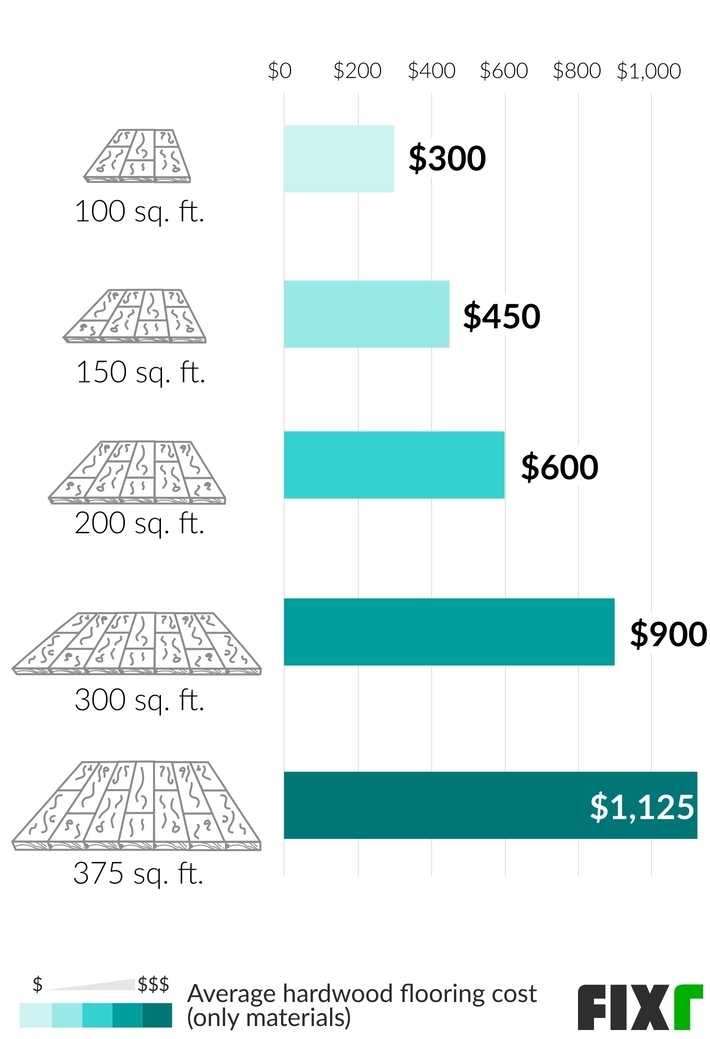












Related Posts


